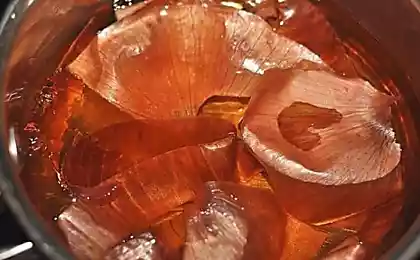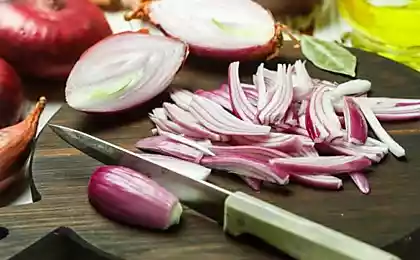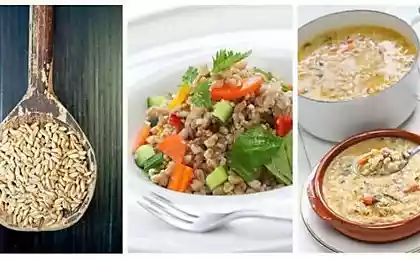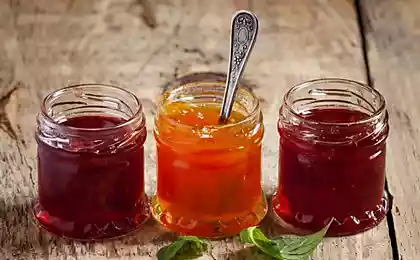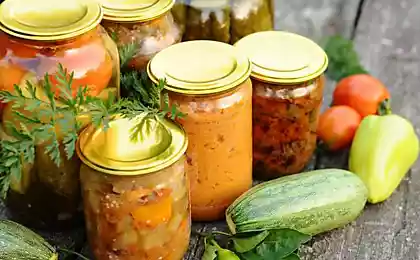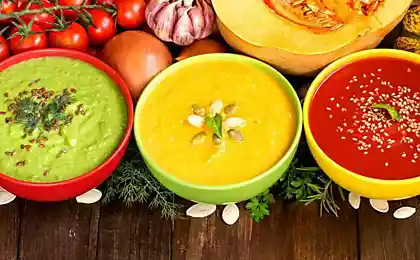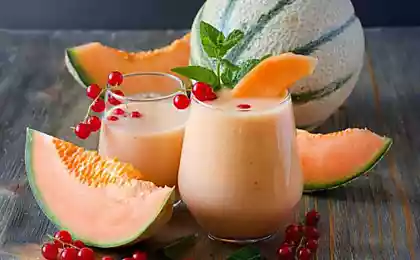440
Onion extract normalizes cholesterol and sugar

Extract of onions (Allium cepa) significantly reduces elevated levels of glucose (sugar) and total cholesterol in suffering from diabetes rats. In addition, these rodents also took antidiabetic medication Metformin. The results of this study were presented at the 97th annual meeting of the Endocrine society (Endocrine Society) in San Diego. It turns out that such a cheap and readily available dietary Supplement like onion extract, can theoretically be used in the treatment of patients with diabetes.
As reported on the pages of the website EurekAlert! Science News, a leading researcher doctor of medicine Nigerian University of Nigeria Delta state (Abraka) (Delta State University, Abraka) Anthony Ojieh notes:
Onions are cheap and available, and is included in the diet. Potentially it can be used to treat patients with diabetes.
Three groups of rats with diabetes Ojieh and his colleagues gave Metformin and different doses of onion extract (200, 400 and 600 milligrams per kilogram of body weight of the rodent on the day) and watched if he will increase the effect of medications. Metformin and onion extract also gave three groups of rats in which diabetes is not. Two control groups (rats with diabetes and without) received neither Metformin nor the onion extract. In addition, another two groups (rats with diabetes and without) received only Metformin, an onion extract did not give them. Each group consisted of five rodents.
Onion extract at doses of 400 and 600 milligrams per kilogram of body weight of the rat per day significantly reduced blood sugar levels (50% and 35%) compared to the condition before the rodents began to give this dietary Supplement.
It is also noted that Allium cepa reduces the overall cholesterol levels in suffering from diabetes rats. 400 - and 600-milligram dosage had the maximum effect. In rats, not suffering from diabetes onion extract increased the average weight of rats with diabetes such he had no influence. The bow itself is not very high in calories, but it stimulates metabolism and increases appetite.
However, neither Metformin nor onion extract did not cure the damage that was caused by diabetes, the pancreas of rats.
The extract was removed with a recurve bow available for sale on the local market. In order to use the extract as a drug it have to clear to highlight only the active ingredients in appropriate dosage, said Ojieh. Scientists have yet to figure out a mechanism that allows the bow to reduce the level of blood sugar. Ojieh reports that currently the explanation of this phenomenon, the researchers no.
It transpires that the onion extract — not a drug and an additive in relation to antidiabetic medication. And, of course, are in the initial stages of the study do not give reason to consider the onion extract is the means by which you can lower the sugar level and cholesterol.
Predosterezhenie onions can cause irritation to the skin, mucous membranes and eyes. This happens because selection in the process of cutting onions gas sulfur allyl. When the gas is mixed with water, it is converted to sulfuric acid. Allyl sulphide is concentrated more at the edges, especially this refers to the root. The considered effect can be minimized by pre-soaking the onion in cold water for a few minutes and then slice or shred the onion. The water must be drained.
The nutritional value of the crafty parentheses are the percentage of the daily allowance. Nutritional value is based on 100 grams of raw onion, Allium cepa, according to information from the Ministry of agriculture of the USA, shown in the resource Nutrition And You.
General information:
energy value — 40 kcal (2%);
carbohydrates — 9.34 grams (7%);
protein — 1.10 grams (2%);
fats — 0.10 grams (0,5%);
cholesterol — 0 milligrams (0%);
fiber, part of the food — 1.7 grams (4.5 percent).
Vitamins:
folate (vitamin B9) — 19 micrograms (5%);
nicotinic acid (vitamin B3) — 0,116 mg (1%);
Pantothenic acid — 0,123 milligrams (2,5%);
pyridoxine (vitamin B6) — 0,120 milligrams (9%);
Riboflavin (vitamin B2) of 0.027 mg (2%);
thiamine (vitamin B1) — 0,046 milligram (4%);
vitamin A — 2 international units (IU, IU) — 0%;
vitamin C 7.4 mg (12%);
vitamin E — 0.02 mg (0%);
Electrolytes:
sodium — 4 milligrams (0%);
potassium 146 mg (3%).
Minerals:
calcium 23 mg (2%);
copper — 0.039 milligrams (4%);
iron — 0,021 milligram (3%);
magnesium — 10 mg (2,5%);
Margaret — 0,129 milligrams (5,5%);
phosphorus 29 mg (4%);
zinc 0.17 mg (1,5%).
Phytonutrients:
beta-carotene (ß-carotene), which is rich in carrots — 1 micrograms;
beta-cryptoxanthin (ß-cryptoxanthin) — 0 micrograms;
lutein-zeaxanthin — 4 micrograms.
The attitude to the onions and garlic have changed since the Middle ages. Now they are considered useful and even find new therapeutic properties. published
Source: hi-news.ru
Puzzle for driver: the 5 most difficult air interchanges in the world
Travel now. Otherwise you will regret it in old age, say sociologists



